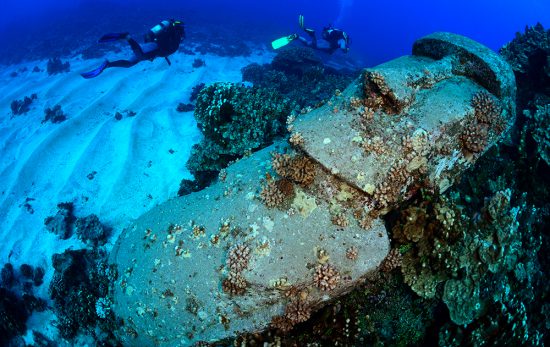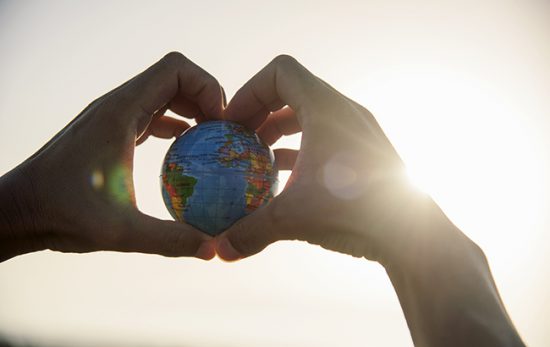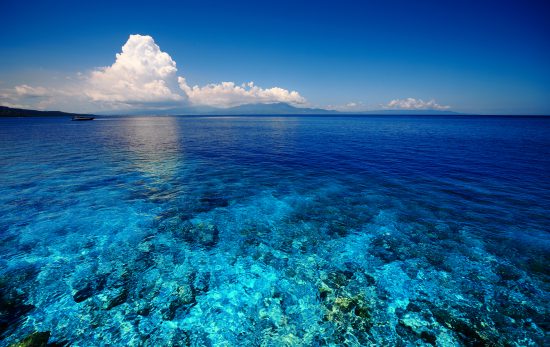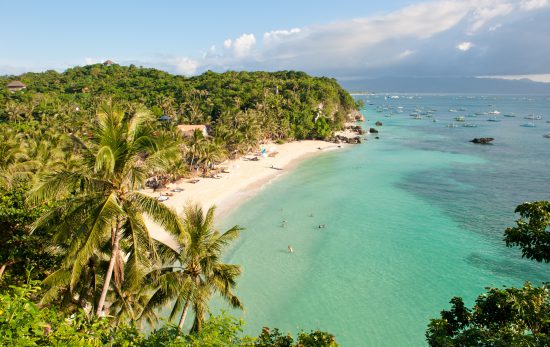Written by Hossam Helmy, Red Sea Diving Safari
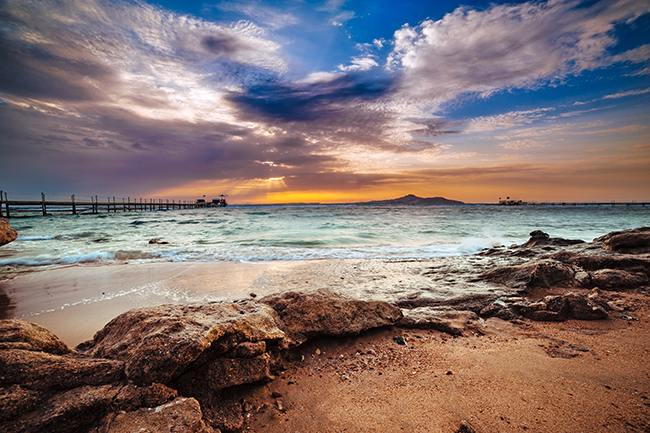
It’s always a good time to refresh our memories about why the Red Sea has some of the best diving in the world. So I’ve put together 10 top reasons to visit the Red Sea and tick diving in Egypt off your bucket list:
Marine Biodiversity: There are currently 1252 listed species of fish in the Red Sea (that’s more than any other sea in the world), plus a few hundred species of soft and hard coral. Not to mention the ‘big stuff’ – 12 species of sharks, different species of dolphins and turtles, Rays, Morays, plus dugongs and many more.
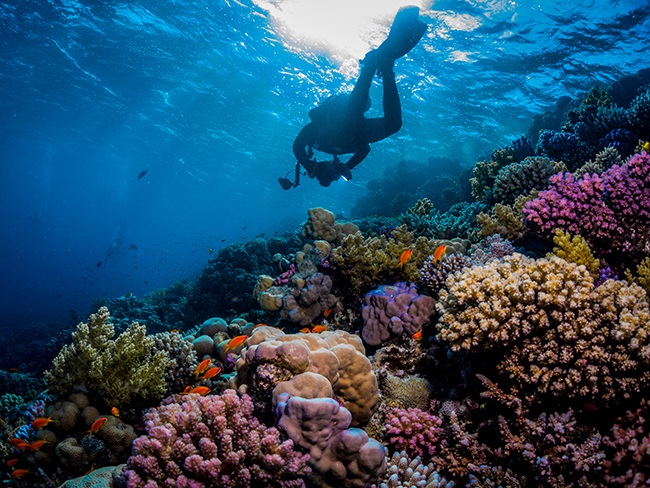
The Red Sea is the youngest ocean on earth. It is about 6 – 8 million years old. The other oceans date from 30 to more than 100 million years old, so the Red Sea is still relatively fresh. It is also spreading and expanding steadily, with the width of the Red Sea increasing 1 to 1.7 cm per year.
Weather: With year-round sunshine, cloudless skies and only a few hours of rain per year, some might argue we have the perfect climate!
The Red Sea salinity is 4% higher than any other ocean. This is mainly because of the high rate of evaporation of the seawater (about 2 m per year), lack of significant rivers or streams draining into the sea, as well as the limited connection with the Indian Ocean. The high salinity combined with the relatively warm seawater temperature forms the ideal habitat for its very diverse coral and marine life.
Eco-Diving Experience: Many dive resorts offer an eco-friendly and educative diving experience where guests can participate in workshops, presentations, reef check surveys and other local scientific research. Look for 100% AWARE partners in Egypt here.
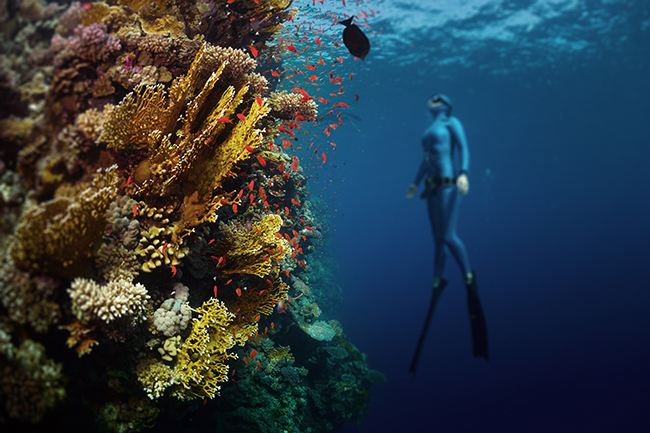
The Red Sea is the warmest sea in the world by 2 °c due to its high salinity and the volcanic activity at the seafloor. As the Red Sea is shallow (maximum depth 2,300 m in comparison with the Indian Ocean maximum depth 8,500 m) this proportionately smaller body of water allows thorough warming by the volcanic activity deep down at the sea floor, all the way up to surface water level meaning an average temperature of 22° degree Celsius.
The tidal currents in the Red Sea are slight to moderate which is ideal for coral life and new divers alike. The currents also transport nutrients and play an important role in shaping individual corals. They also play a key role in the spawning and fertilization of the corals, and more coral means beautiful dive sites for us!
Price: For the quality of diving and climate, Egypt is reasonably priced and accommodation deals can always be found. See all liveaboard vacation offers in Egypt with PADI Travel here.
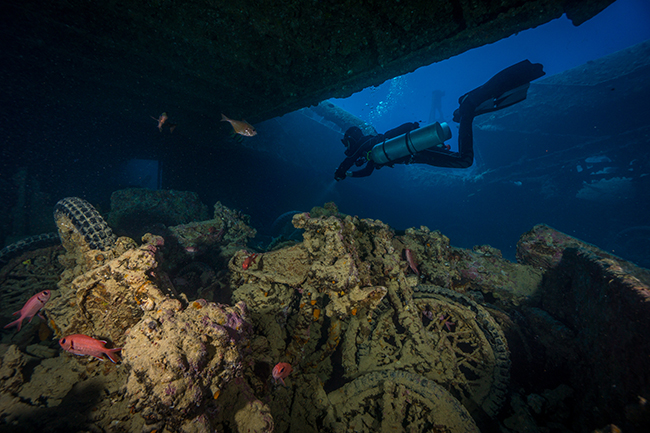
Diving for all levels: The Red Sea boasts not only a high number of accessible dives, but something for all levels of divers. There’s also a variety of diving including wrecks, reefs, canyons, drop-offs, sea grass beds and sandy bays.
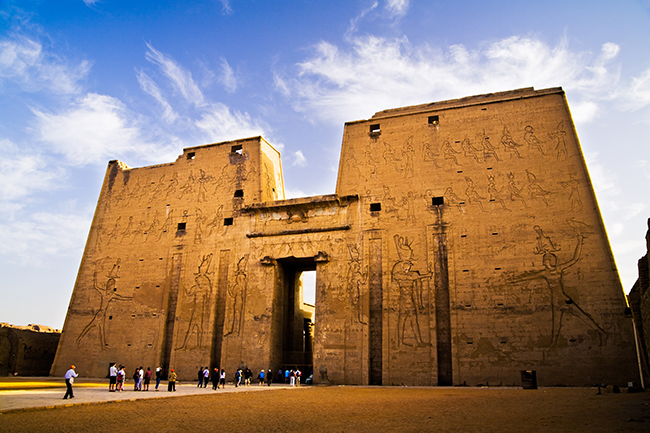
Not just diving: There’s nothing wrong with spending the whole vacation diving but for those who want more variety the Southern Red Sea offers a spectacular landscape. The combination of sea, mountains and desert offers a variety of activities: you can try your hand at kite surfing, bird watching or star gazing on an Astro Tour. Scenic trips by the local guides into the desert, cultural tours to Shalatin tribal market in the south, or Edfu, excursions to remote historical sites in the desert and archeological highlights along the Nile, including Luxor are all available for the culturally-inclined.
Find out more about diving in Egypt in PADI’s Egypt Scuba Guide.
